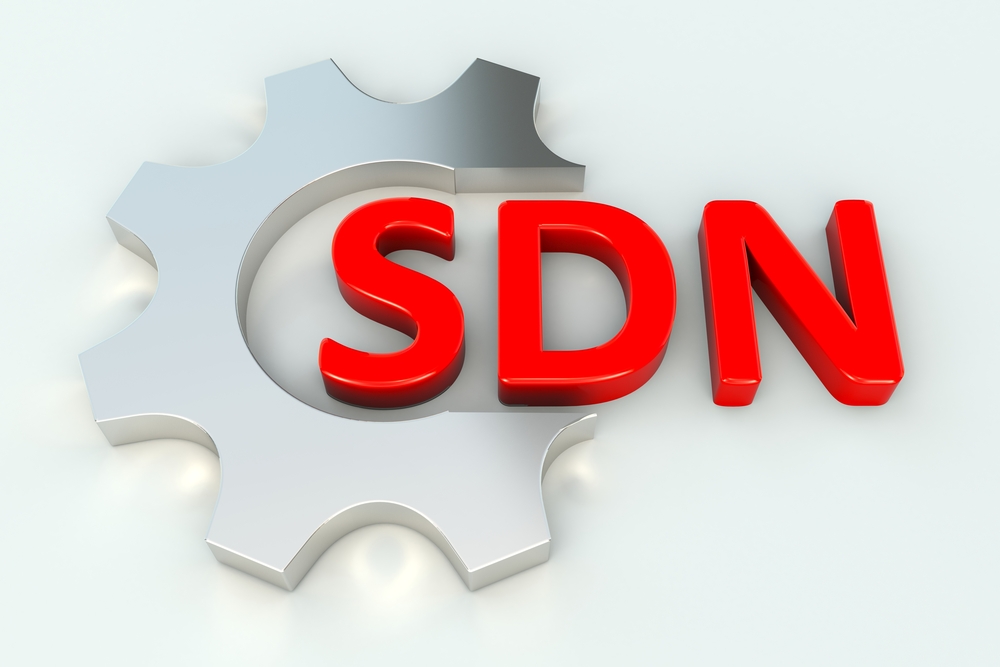D-Link has announced support for SDN via a free upgrade for its DGS-3000 (Access layer) and DGS-3630 (Aggregation layer) switches and the launch of its 5000 series data centre switches, which will offer up to 32 100GbE ports for Top-of-Rack or End-of-Row applications.
According to the vendor, the enhanced DGS-3000 and DGS-3630 firmware, which also enables support for OpenFlow 1.3, will be available for testing soon. The DXS/DQS-5000 series switches will support OpenFlow 1.3. SDN architecture will be well optimized across each of these switch ranges towards the end of 2018.
Sakkeer Hussain, Director – Sales and Marketing, D-Link Middle East and Africa (MEA), said: “Using SDN to automate data centre operation and maximise infrastructure flexibility is becoming essential to maintain competitiveness for data centre operators and service providers.”
The DGS-3000 Series Gigabit L2 Managed Switches feature a variety of ports, including 10/100/1000BASE-T RJ-45 ports, 1GbE SFP ports, and 10GbE SFP+ ports for increased network bandwidth. Surge protection, advanced Layer 2 functions, and a suite of security and management tools make the DGS-3000 Series Gigabit L2 Managed Switches ideal for Metro Ethernet and campus applications – with PoE options available to simplify the support and deployment of Wi-Fi and security systems.
Through a firmware upgrade, the DGS-3000 series will support OpenFlow 1.3. Support will be provided for both fail-secure and fail-standalone mode. SSL encryption is enabled for controller communication.
Future upgrades will add support for hybrid SDN mode, out-of-band OpenFlow and up to 4 SDN controllers.
The DGS-3630 Series Gigabit L3 Stackable Managed Switches are a versatile range of switches with high port densities, switch stacking, and extensive management making them capable of supporting the full range of environments from Small to Medium Businesses (SMBs) through to enterprises and ISPs. With 1GbE SFP, 10GbE SFP+, security features, and advanced Quality of Service (QoS), the DGS-3630 Series can act as core, distribution or access layer switches.
Optional Power over Ethernet, allows devices such as Wi-Fi hotspots or security cameras to be powered by the switch through a standard Ethernet cable.










Discussion about this post